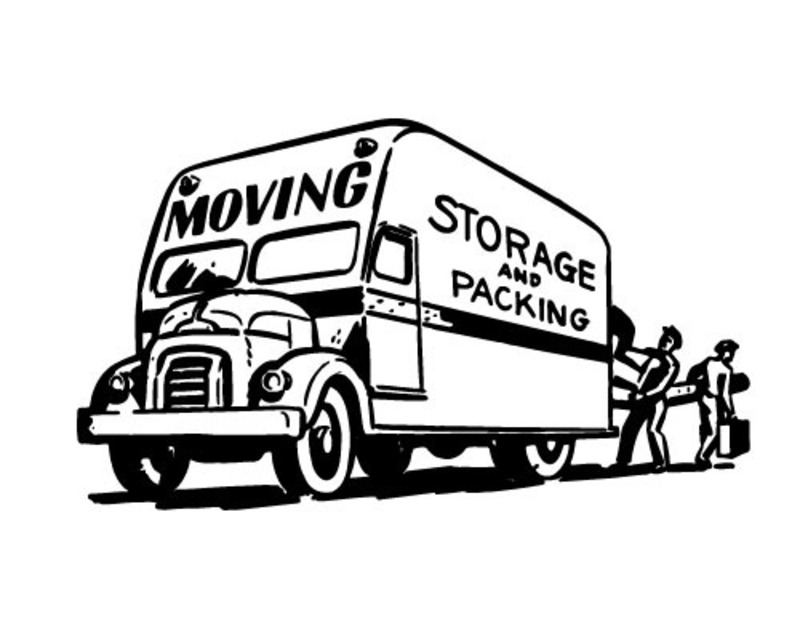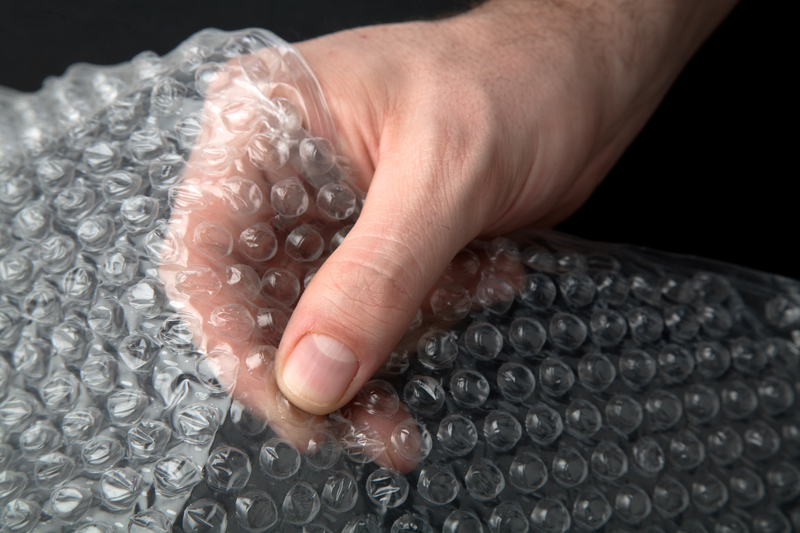How to Move a Fragile Vase
Posted on 02/01/2025
When it comes to moving delicate items such as a fragile vase, meticulous planning and execution are crucial. The fragility of the item demands careful handling, robust packing methods, and safe transportation strategies. Here's a detailed guide outlining the steps to ensure your prized possession arrives at its new location intact.
Understanding the Importance of Preparation
The first step in moving a fragile vase is to prepare adequately. Understand the dimensions of your vase, its material, and any historical or sentimental value it might hold. Appropriate preparation can be summarized into three essential components:
- Assess the Vase: Check for any existing cracks or damages. Knowing the weak points is crucial.
- Gather Supplies: You will need packing materials like bubble wrap, packing paper, sturdy boxes, packing peanuts, and tape.
- Clear Space: Ensure you have a clean, large enough area to work in so that you can pack the vase without knocking it over.

Packing Materials Needed
Choosing the right materials can make a significant difference in the safety of your vase during the move. Here's a detailed list of what you'll need:
- Bubble Wrap: Provides cushioning around the vase to absorb shocks.
- Packing Paper: Used to wrap around the vase and fill in any voids inside the packing box.
- Sturdy Boxes: Double-walled boxes provide extra protection.
- Specialty Boxes: Intended specifically for fragile items, these might have compartments.
- Foam or Packing Peanuts: Extra padding ensures that the vase doesn't move inside the box.
- Tape: Heavy-duty packing tape to secure the wrapping and the boxes.
- Labels: 'Fragile,' 'This Side Up,' and other cautionary labels.
Step-by-Step Packing Process
Once you have gathered all the materials, follow these steps meticulously to pack the vase securely.
Step 1: Clean the Vase
Dust and dirt can scratch the surface of your vase during the move. Clean the vase gently using a soft, lint-free cloth.
Step 2: Wrap the Vase
Use packing paper first to wrap around the vase. Follow this by wrapping the vase in bubble wrap, securing it with packing tape. Repeat the bubble wrapping process to form multiple layers for added protection, focusing particularly on the neck and base.
Step 3: Prepare the Box
Line the bottom of your sturdy box with a layer of packing peanuts or crumpled packing paper to create a cushioning base.
Step 4: Position and Secure the Vase
Place the wrapped vase into the box gently. Fill any remaining space around and above the vase with more packing peanuts or crumpled paper. The goal is to ensure the vase cannot move within the box.
Step 5: Seal and Label the Box
Close the box lid and seal it thoroughly with packing tape. Apply 'Fragile' and 'This Side Up' labels prominently on all sides of the box to alert movers to handle with care.
Transporting the Vase
The transportation phase is where most damages occur, so it's essential to follow best practices for safety.
Professional Movers
Consider hiring professional movers with experience in handling delicate items. They usually have the right equipment and techniques to ensure safe transportation.
Vehicle Choice
Whether you're using your car or a moving truck, make sure the vehicle is suitable for carrying fragile items. The vase should be placed on a flat, stable surface, avoiding cramped or overloaded spaces.
Securing the Item in the Vehicle
Use seat belts, ropes, or other securing mechanisms to keep the box from shifting during transit. Padding the area around the box inside the vehicle can provide additional stability.
Avoid Extreme Temperatures
Avoid leaving the vase in extreme temperatures for long periods, as this can weaken some materials and adhesives used in the packing.
Unpacking the Vase
Upon reaching your destination, the process of unpacking should be carried out with the same level of caution.
Check the Box
Inspect the box for any signs of damage before opening it. Any dents or punctures could indicate potential damage to the vase.
Open Carefully
Carefully cut the tape with a knife or scissors, ensuring you do not insert the blade too deep to avoid hitting the vase.
Remove Packing Material
Gently pull out the packing peanuts or crumpled paper. Lift the vase carefully, supporting both the top and bottom sections.

Handling Accidents
Despite taking all necessary precautions, accidents can still happen. Knowing how to handle an incident can mitigate further damage or danger.
Immediate Action
If the vase appears damaged during unpacking, stop and assess. Small pieces can often be glued back, whereas significant damage may require professional restoration.
Document the Damage
Take photographs and keep a record if you need to file an insurance claim. This is easier if you've hired professionals, as they usually offer insurance coverage.
Clean Up Safely
In case of breakage, carefully gather broken pieces. Use gloves to avoid cuts and place them in a safe container to consider repair options.
Conclusion
Successfully moving a fragile vase involves a detailed and systematic approach to packing, handling, and transportation. By understanding the specific requirements of your vase, gathering the right materials, and following methodical steps, you can ensure that your cherished possession reaches its new home in pristine condition. Always consider professional help for invaluable items, and remember that thorough preparation is key to avoiding damages.







